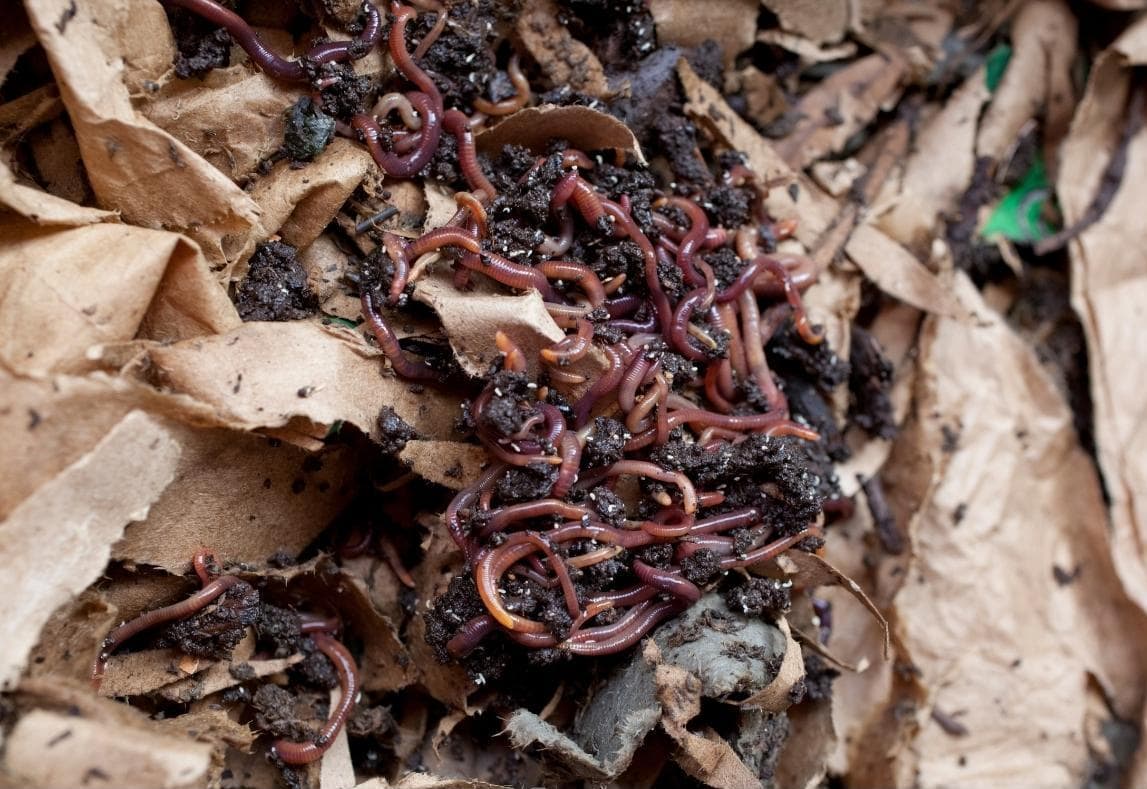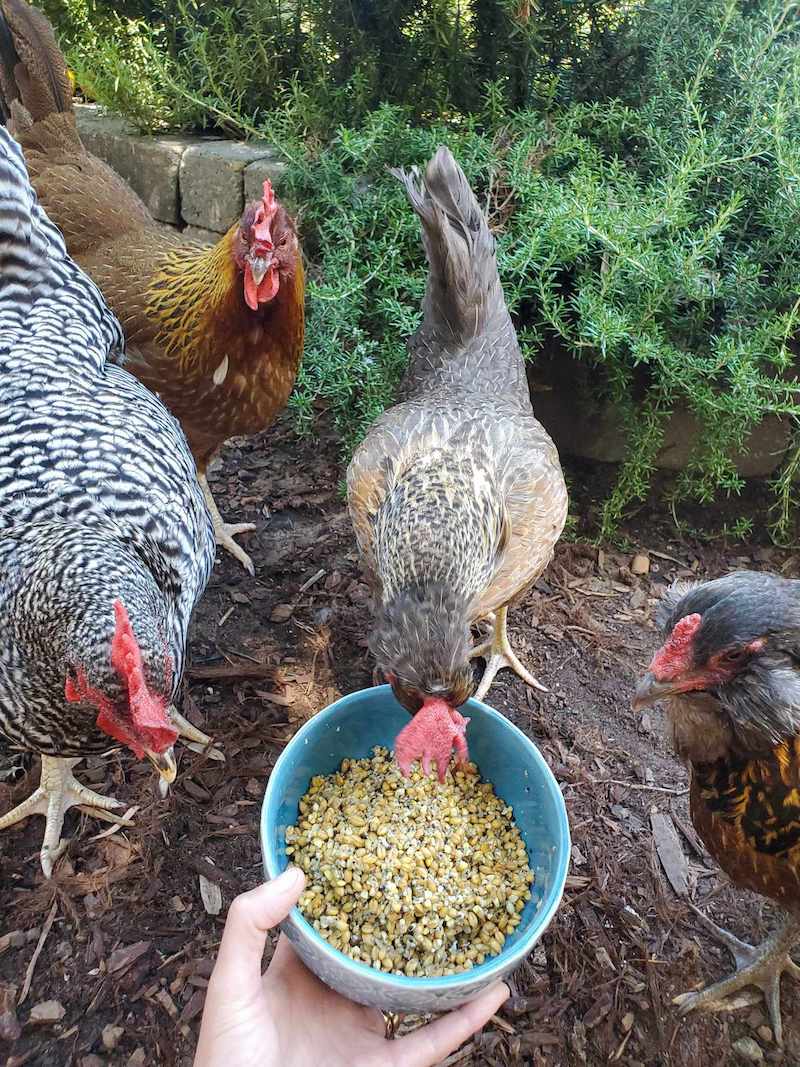
6 Ways to Use Sourdough Starter Discard – not just baking!
Baking homemade sourdough can be incredibly fulfilling. It’s fun, creative, healthier and less wasteful (less packaging) than store-bought bread. Yet it may feel wasteful in other ways, with all the feeding and “discarding” that sourdough starter takes to maintain. So, let’s talk about several clever ways to use discarded sourdough starter – and not just by cooking with it! For example, did you know that you can dehydrate or compost extra starter? But first, let’s explore how to create less waste in the first place.
Reducing Sourdough Discard Waste Upfront
Store starter in the fridge
If you aren’t already, storing your sourdough starter in the fridge will greatly reduce the frequency that it needs to be fed, thereby reducing a lot of flour use, discard, and waste! It’s usually recommended to feed sourdough starter kept at room temperature every single day. On the other hand, sourdough starter that’s stored in the refrigerator can go weeks to months between feeding. That’s because the cold vastly decreases the activity of the bacteria and yeast in the starter. But don’t worry, it perks right back up once it warms to room temperature again.
So, unless you’re baking several times per week, refrigerating your starter is an ideal storage option, an easy way to reduce waste, and also far less work for you!

Stop discarding so much
You know, you don’t need to discard sourdough starter every time you feed it right? A brand new starter does benefit from routine discarding and feeding for the colony of bacteria and yeast to grow strong. Yet once it’s established, you can change the way you use and feed your mature sourdough starter to minimize discarding.
For example, say you just made a loaf of bread and have only a small amount of starter left over in your “mother jar”. Rather than feeding the starter again before putting it back into the refrigerator for storage (and thus increasing the volume) you could just put it away as-is. Then, simply feed it with fresh flour and water next time you take it out to bake – no discarding necessary!
The only times you really “need” to discard before feeding is: 1) if your starter has grown too large for its container and therefore doesn’t have adequate room to be fed and rise, 2) if it’s been a really long time since it was last fed (3 weeks or longer) or 3) if it’s acting sluggish.
See our full instructions on how to revive and feed an old, neglected, or otherwise inactive starter here. The guide also covers how to tell if a starter is still “good” or not, including the difference between hooch and mold.

6 Ways to Use Discarded Sourdough Starter
1) In sourdough starter discard recipes
Perhaps one of the most obvious ways to use sourdough starter discard is to bake something with it! There are hundreds (if not thousands) of recipes out there that call for sourdough starter discard. A few of our personal favorites include:
- Herb whole wheat discard crackers
- Sourdough pancakes
- Salted and spiced sourdough chocolate chip cookies
- Soft and chewy ginger molasses sourdough cookies
- Healthy sourdough zucchini bread or muffins
- Healthy sourdough pumpkin spice bread or muffins
- Baked sourdough corn tortilla chips
*2023 Update: Check out our new list of the 15 Best Sourdough Discard Recipes here!



2) Give starter away
Spread the sourdough love! Another great way to use discarded sourdough starter is to gift some to a friend, family member, neighbor, co-worker, or other interested (or unexpecting) party. Surprise, here is a new living thing for you to care for! Lol just kidding, kind of.
I suggest feeding the starter before giving it away so the recipient won’t have to right away. Simply put your sourdough discard in a new jar, feed it with fresh flour and water, and deliver it to its new home. You can then direct them to this sourdough starter feeding and maintenance guide, which also has printable instructions that are easy to share.
Need to mail sourdough starter to share it? Dehydrate it first – explained below!

3) Dehydrate extra sourdough starter
Did you know that sourdough starter can stay good and alive for many years in dry form? It’s also the easiest way to ship and share starter with friends, take an extended break from baking, or store extra starter as back-up! To preserve the beneficial bacteria and yeast in the starter, it’s key to dehydrate it at a very low temperature (aka, so it doesn’t get cooked alive).
Learn how to dry sourdough starter here, and then follow these easy instructions to reactivate it.

4) Freeze it
Like dehydrating, freezing extra sourdough starter is a great way to preserve it, create a backup starter, or otherwise save some for later. To freeze sourdough starter discard, simply place it in a freezer-safe container (such as a small wide-mouth glass jar or ziplock bag) and store it in the freezer.
Frozen sourdough should survive for up to a year. However, it will start to lose activity and become harder to revive the longer it’s frozen. To revive frozen sourdough starter, simply allow it to defrost and then feed with fresh flour and water as you normally would.
Note: I’ve never personally frozen sourdough starter, though I’ve heard mixed reviews about how well it bounces back to “normal” after freezing. So, I typically recommend dehydrating starter (which works amazingly well and without fail!) over freezing it.
5) Compost sourdough starter discard
It’s perfectly fine to compost sourdough starter. If anything, it will actually add more good microbes to your compost! Since it’s pretty wet and gooey, try to mix and/or bury the starter with leaves, straw, or other “browns” in the compost pile. We occasionally compost discarded sourdough starter in our worm bin too. Yet good moisture balance is especially important in worm bins, so only add small amounts of starter (and add more browns if needed) so the bin doesn’t get overly wet.
Learn how to set up and maintain a simple worm compost bin here.

6) A healthy chicken treat
One final way to use discarded sourdough starter is to feed it to your chickens. After all, it’s essentially just fermented wheat and grains, and is loaded with health-promoting enzymes, vitamins and probiotics!
Like any treat, sourdough starter should only be given in moderation (not in place of their regular food) since it lacks the balanced nutrition and protein that chicken feed provides.
You can give chickens a scoop of starter in a bowl on its own, though be forewarned that it tends to get pretty crusty in their face and chest feathers. Another option is to mix the sourdough starter with some water and chicken feed, turning it into a wet mash. Finally, consider adding sourdough starter to a batch of fermented chicken feed! It will jump-start the fermentation process and introduce even more probiotics and nutrients.

7) Make a Sourdough Starter Slug Trap
Surprise! Here is another way to use discarded sourdough stater that I just recently discovered. Have you heard of beer traps before? It’s when you set out small containers of beer to attract and kill slugs, snails, rollie pollies, and other pests in your garden. With a similar sweet, fermented, yeasty aroma as beer, it turns out that slugs are highly attracted to sourdough starter too. All you do is mix a spoonful of starter discard with some water in a wide shallow container, and they’ll come running! Or… come sluggishly inching along I suppose. Learn more about how to make and use slug traps here.

And that sums up how to use sourdough starter discard!
Well folks, I hope this post gave you plenty of ideas to use your extra starter in new or different ways and reduce waste overall. Do you have any ideas that I missed? Please share them in the comments below. Otherwise, thank you so much for tuning in today – and happy baking!
Don’t miss our most popular sourdough recipes:
- No-Knead Sourdough Bread Recipe
- Simple Sourdough Focaccia Recipe
- Sourdough Cornbread (gluten free and vegan options)
- Cast Iron Sourdough Pizza Crust
- 20 Best Sourdough Add-ins and Topping Ideas







